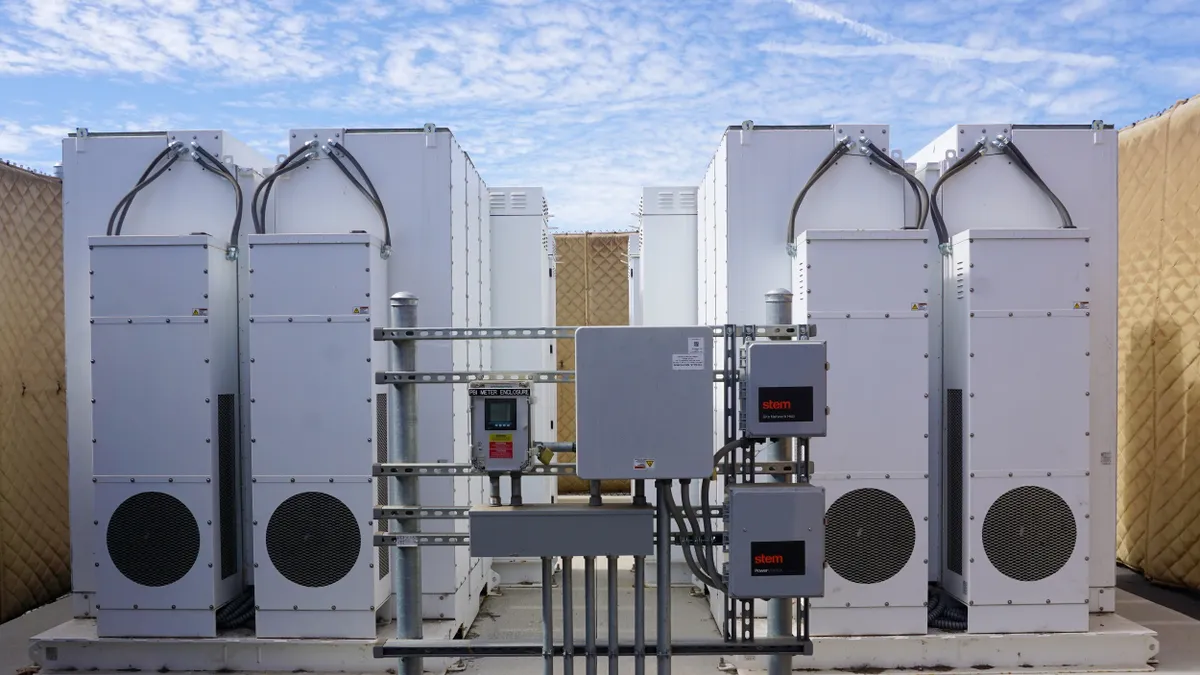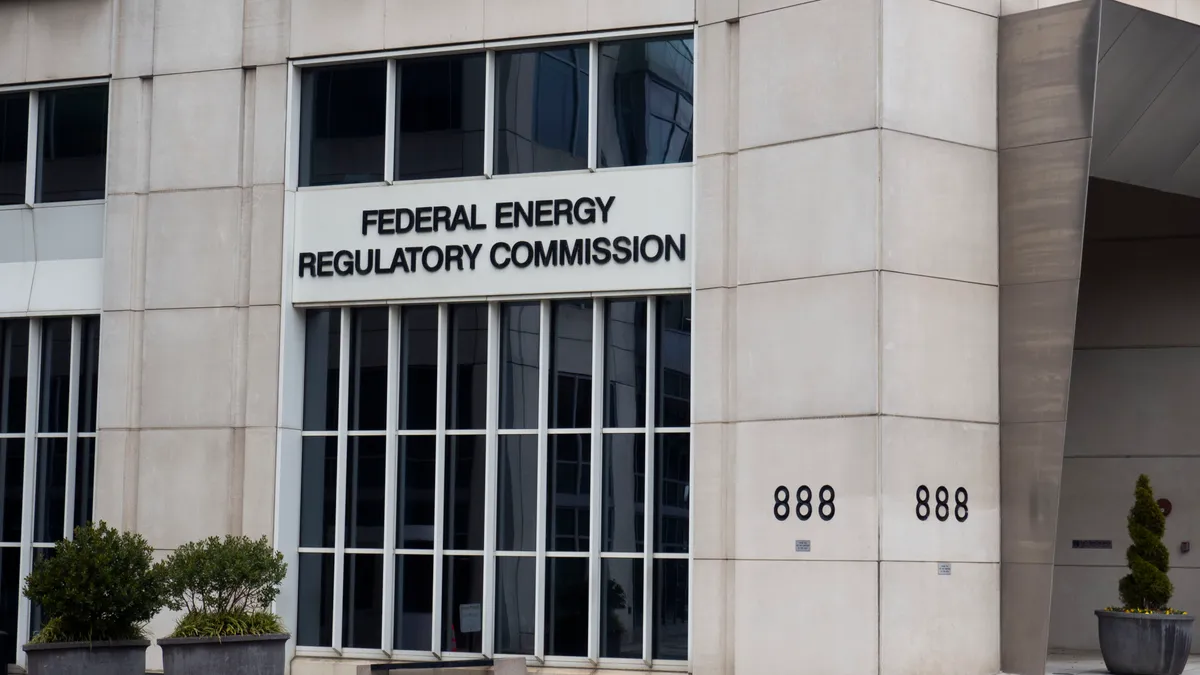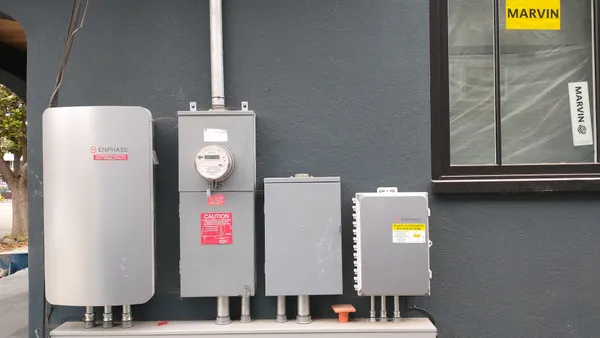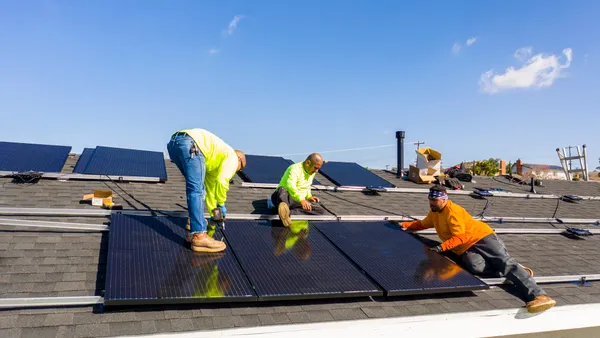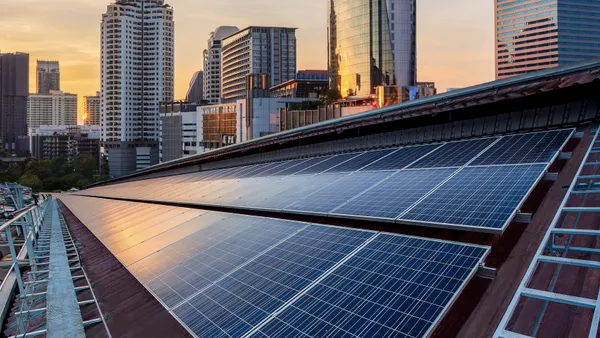Dive Brief:
- The Americas are poised to lead the global storage market by 2025, with total capacity touching 371 GWh by the end of the decade and the U.S. contributing to most of this growth, new research from Wood Mackenzie indicates.
- Analysts expect the Americas to outpace the Asia Pacific region on storage capacity by the middle of the decade, noting that challenges related to business cases and market incentives will lead to a slowdown in the latter.
- The latest reports indicate that the U.S. is edging even closer to the Energy Storage Association’s (ESA) projection of 100 GW of new energy storage by 2030, ESA Interim CEO Jason Burwen said in an emailed comment.
Dive Insight:
In 2020, cumulative storage deployments in the Asia Pacific region reached 13 GWh, making it the global storage market leader. But that growth was largely dependent on pilots, government subsidies and grid interconnection requirements over the last 10 years, according to Wood Mackenzie and "without strong policy support, it will be difficult to scale up the front-of-the-meter (FTM) segment across the region."
The global energy storage market, meanwhile, exceeded 15 GW/27 GWh last year, and is expected to grow 27 times by the end of the decade, adding 70 GWh of storage capacity a year to surpass a total of 729 GWh in 2030, Dan Finn-Foley, Wood Mackenzie’s head of energy storage, said in a press release. Storage installations in the U.S. grew threefold in 2020, while China, Germany and the United Kingdom saw double-digit growth.
"Approximately $5.4 billion of new investment was committed to storage projects across the world last year, increasing the total cumulative investment to an estimated $22 billion," Finn-Foley added. The global cumulative investment pot is expected to reach $86 billion by the middle of the decade.
The report also forecasts that Europe’s storage market, which has so far lagged behind the U.S. and China, will speed up in the coming years as its member states move towards renewables requirements. The research indicates that Europe will deploy 3 GWh of storage capacity in 2021 — 55% more than 2020 deployments — and see its total capacity touch 9 GWh by the end of this year.
"Europe’s storage numbers appear relatively small on the global scale. However, they are remarkable if we consider that Europe did not have a trackable battery market until around four years ago," said Anna Darmani, lead analyst with Wood Mackenzie, in a press release.
Last August, ESA announced a goal of 100 GW of new energy storage deployed in the U.S. by the end of the decade, which the association estimates will lead to 200,000 new jobs in that same timeframe. The group also pointed to policy actions that would help reach that goal, in particular a standalone storage tax credit, a policy that has been wrapped into recent proposals from the Biden administration.
There are several reasons why the U.S. is seeing accelerated growth in storage deployments, according to Burwen. Storage is an "extremely versatile asset" that is being added in electricity markets across the U.S. as costs drop, he said. And it’s poised to be at the forefront of the clean energy transition as a grid balancing tool as both electrification and decarbonization occur.
In addition, "we are seeing traction with supportive policies in place to facilitate the growth of storage in the U.S., such as [Federal Energy Regulatory Commission] Order 841 that puts storage on a level playing field with other resources in wholesale markets," Burwen said, adding that state energy storage targets in places like California and Nevada have also catalyzed markets for the resource.



